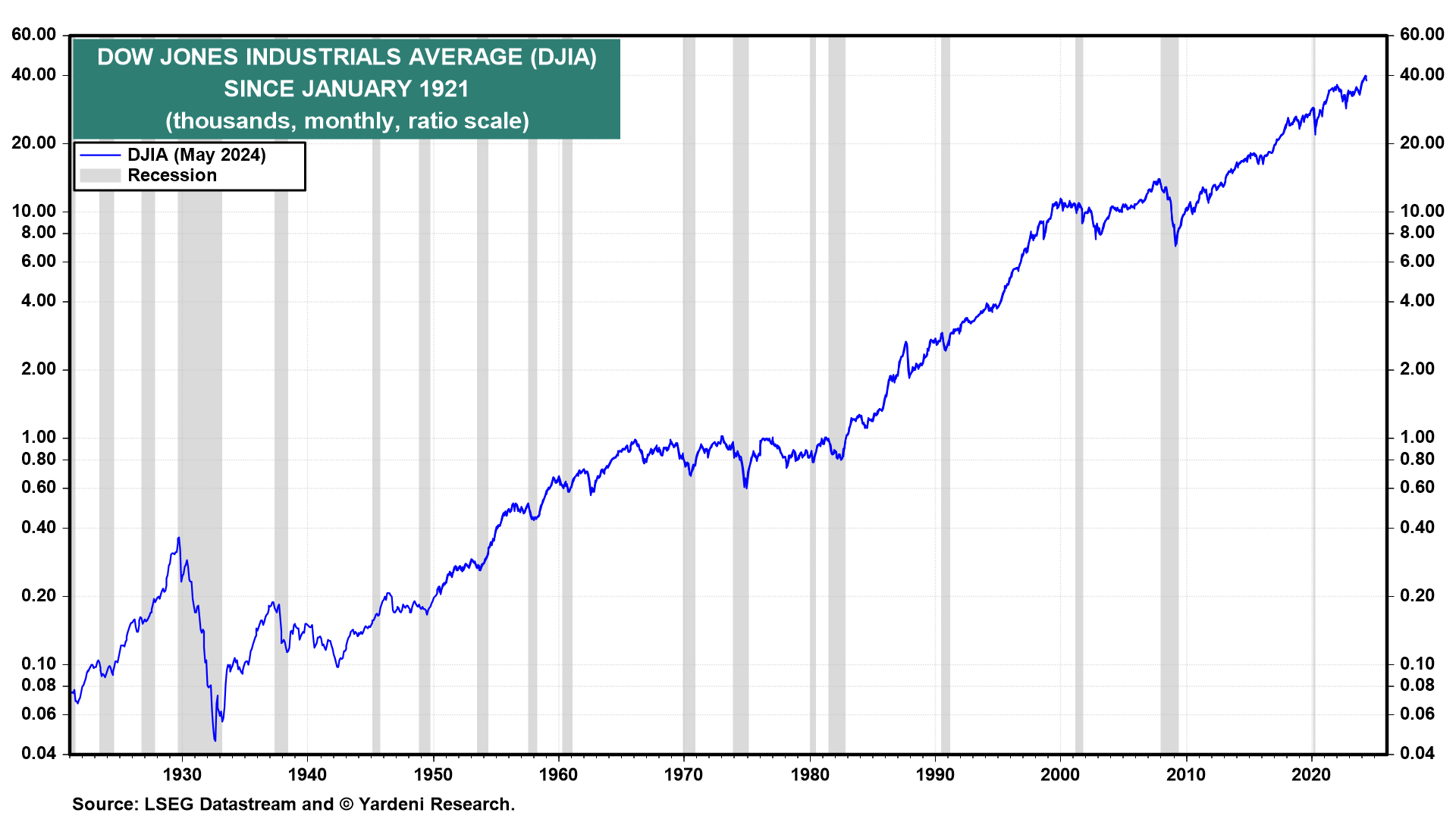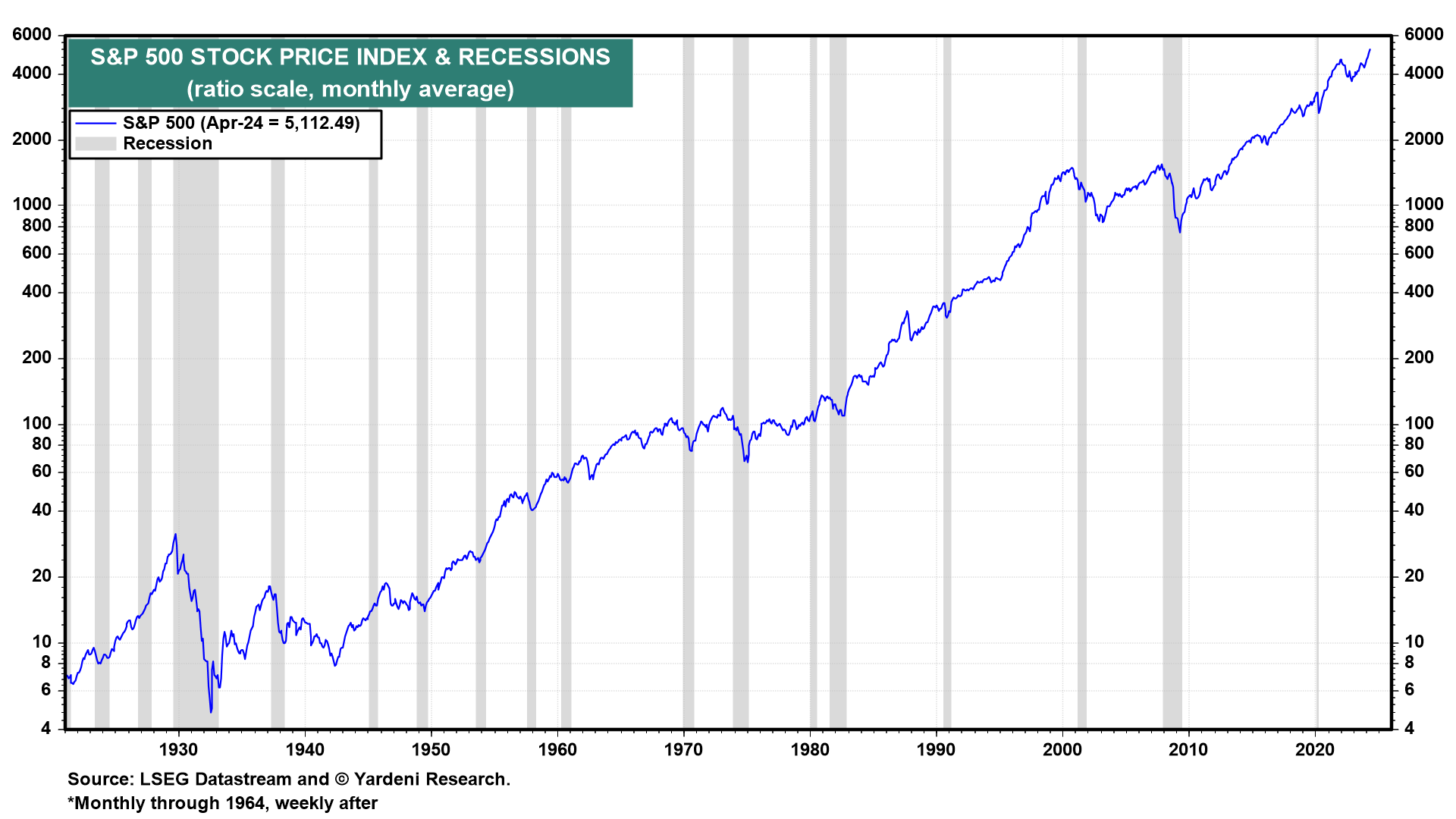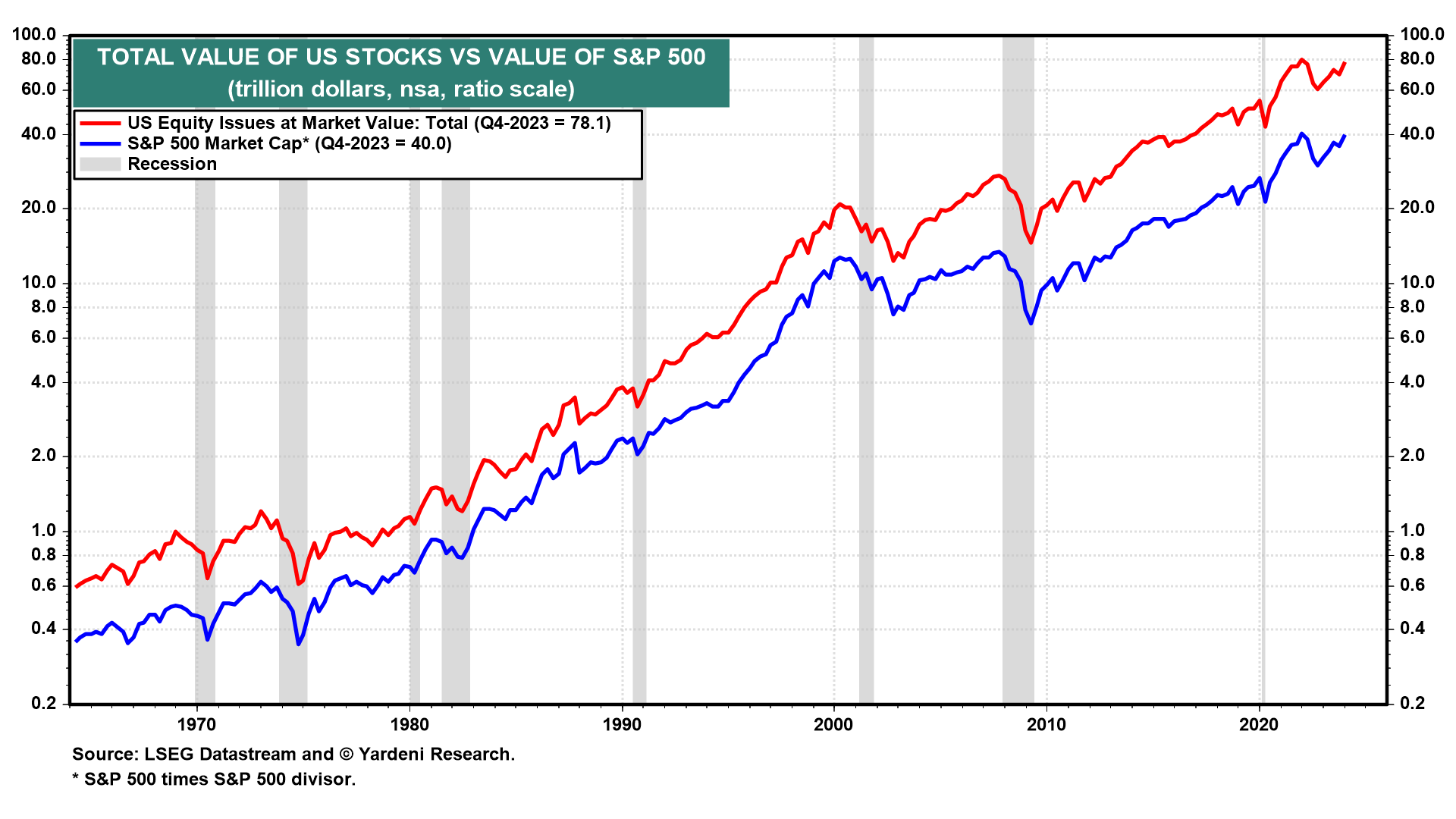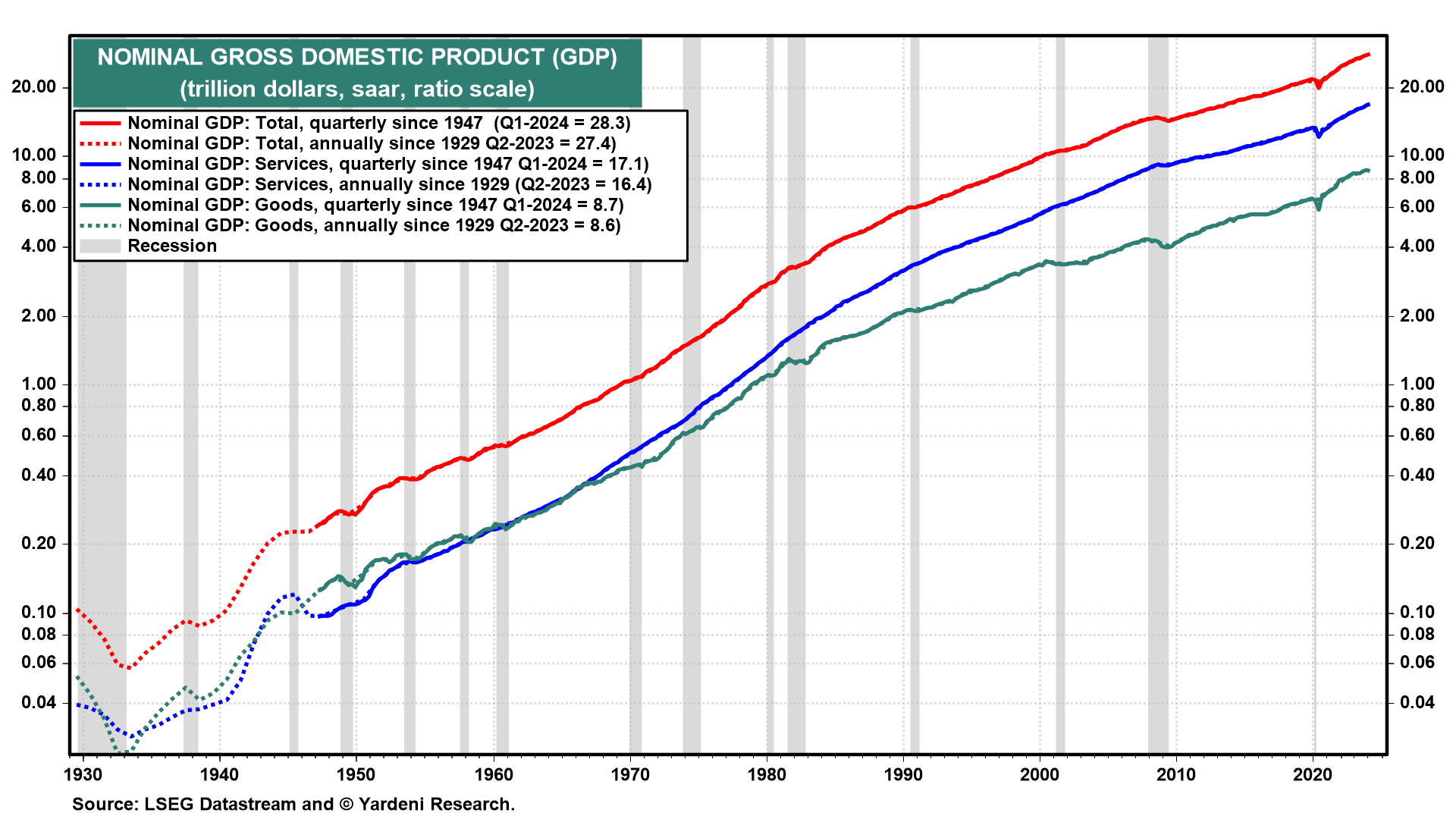The Baby Boomers have been heavily influenced by a couple of Spocks—Dr. Benjamin Spock and Spock of Star Trek, played by Leonard Nimoy. Dr. Spock was a pediatrician who wrote Baby and Child Care (1946). It became the unofficial bible of child rearing as millions of mothers read it and raised their Baby Boom children according to the book’s advice. In the 1960s and 1970s, conservatives blamed Dr. Spock for causing parents to be too permissive by providing instant gratification to their children, who turned into the “Spock generation,” a bunch of anti-establishment rebellious youths. Of course, subsequent decades found the generation settling into “establishment” jobs and reaping the monetary benefits.
In Star Trek, Spock was the son of a mixed marriage, with his father a Vulcan and his mother a human. He first appeared in the original TV series serving aboard the starship USS Enterprise as science officer and first officer and later as commanding officer of the vessel. He was famously logical and unemotional. That combination didn’t rub off on his audience. But as it turned out, the Baby Boomers did follow Spock’s Vulcan salutation: “Live long and prosper.” They’ve lived long, and they have prospered.
Real GDP has increased significantly over the course of the Boomers’ lives, and both stock prices and home prices have soared. The Baby Boomers were born from 1946 to 1964. The oldest of them turned 25 in 1971, while the youngest did so in 1989. Today, the oldest are 78 and the youngest are 60. They prospered during their long lives along with the rising stock market and the growing economy:
(1/6) During the Boomers’ adult lifetimes so far, the Dow Jones Industrials Average (DJIA) increased 40-fold from 1000 in late 1982 to just over 40,000 on Friday (Fig. 1 below). The S&P 500 matched that gain, with its market capitalization rising from $1.0 trillion in 1982 to over $40.0 trillion currently (Fig. 2 below and Fig. 3 below).



(2/6) Since late 1982, nominal GDP is up more than eight-fold (760%) (Fig. 4 below). The increasing prosperity of America has been reflected in the increasing percentage of services relative to goods in GDP (Fig. 5). In 1982, services accounted for about 50% of nominal GDP. This percentage rose to 60.5% during Q1-2024.

Leer la noticia completa
Regístrese ahora para leer la historia completa y acceder a todas las publicaciones de pago.
Suscríbase a
